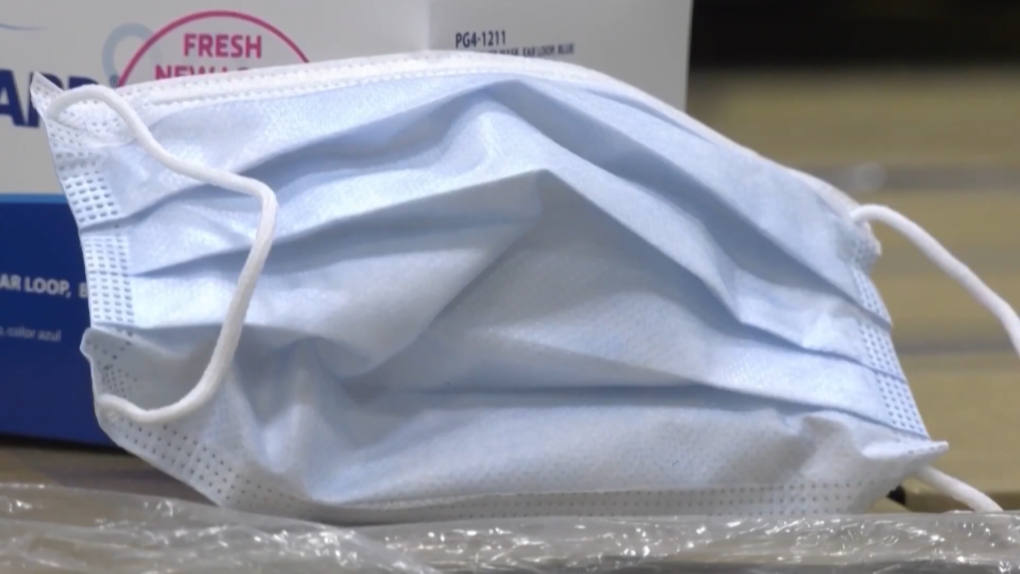Faculty at Concordia University of Edmonton strike, halting start of winter term
'Multiple competitive salary offers' have been made to faculty, university says
Faculty at Concordia University of Edmonton walked off the job Tuesday morning after the union and the school's bargaining committee failed to strike a deal following months of negotiations.
The strike, a first for faculty associations in Alberta, is expected to halt the start of the winter term. More than 2,500 students were expected to return to virtual classes Tuesday.
Starting at 9 a.m., a picket line formed outside the Magrath Mansion, a historic property in Edmonton's Highlands neighbourhood recently acquired by the university.
The Concordia University of Edmonton Faculty Association (CUEFA) issued formal strike notice to the university's administration on Dec. 22, warning that members would walk off the job in the new year if the school's bargaining team failed to strike a deal.
The association is the bargaining agent for 82 full-time professors, librarians, placement coordinators and lab instructors at Concordia.
As a result of the legal strike action, all instruction will be halted until further notice, the university said in a memo to students Monday.
"The strike comes in spite of bargaining that occurred over the holiday break," the university's bargaining unit said in the statement.
"The university's bargaining team is particularly disappointed by the brevity of a mediation meeting last weekend. Earlier negotiations on major issues such as workload have been successful.
"The university's bargaining team has presented multiple competitive salary offers which are in line with those recently accepted by some of Alberta's largest public-sector unions."
Sticking points
After months of negotiation last year, the university and faculty association signed off on more than half of 41 articles of a new collective agreement but, as of last month, sticking points remained.
Should a new agreement be reached, faculty would be expected to teach fewer courses to make up for an increase in research. However, the association remains concerned about workload for non-faculty staff and salaries, among other issues.
Mediation was "unsuccessful at helping to resolve any remaining issues," the association said in a statement Tuesday.
"Our faculty association is dismayed that the administration rejected our reasonable salary proposals," CUEFA president Glynis Price said in the statement.
"We have bargained since the late spring of 2021 and plan to continue bargaining in good faith to push the administration to improve the workloads and pay of all of our members."
Price said the university has been approved to lock out staff should they choose. In the case of a strike or a lockout, 72 hours notice is required.
In a ballot in November, 90 per cent of CUEFA members backed a strike mandate. The association said 95 per cent of members voted.
'Jeopardizing their winter term'
Price said the university has the financial resources to resolve the issues, but instead of investing in competitive wages and staff recruitment, administration spent $1.75 million on the Magrath Mansion, "a building without a clear role in the university's core operations."
"We're saddened that the administration has refused to budge and would rather disrupt students' lives and add to their stress by jeopardizing their winter term," Price said in the CUEFA statement.
The university's bargaining team said it is willing to resume discussions with the faculty association "at any time" and will continue to work toward a settlement.
"We regret the disruption to our students, their families, and our university community," the bargaining committee said. "The strike will impact student learning and depending on how long it extends could threaten semester outcomes.
"The university remains hopeful that the strike will be brief."




:format(jpeg)/cloudfront-us-east-1.images.arcpublishing.com/tgam/GOSI76B7OBMJHII24746ELLAEU.jpg)







